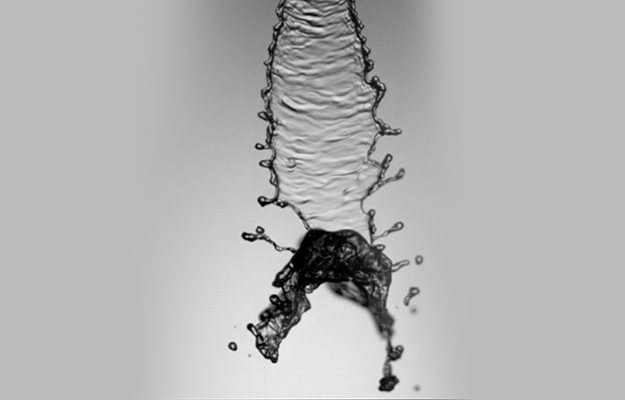Fluid Dynamics

FLUID DYNAMICS
In fluid dynamics, high-speed imaging provides an indispensable tool to measure and to visualize the complex movement of liquids, gases and plasmas in motion. The movement of liquids and gases is generally referred to as flow, a concept that describes how fluids behave and how they interact with their surrounding environment. Flow can be either steady or unsteady, laminar or turbulent. Laminar flows are smoother, while turbulent flows are more unstable. The study of liquid flow is called hydrodynamics. While liquids comprise of a variety of substances including oils and chemicals, the most common liquid is water. Most applications for hydrodynamics involve managing the flow of these types of liquids.
The flow of gas, commonly referred to as aerostatics, has many similarities to the flow of liquid, however it is important to note that it also has some differences. First, gas is compressible, and liquids are generally considered incompressible. Second, gas flow is hardly affected by gravity. The most common gas is air. Wind can cause air to move around various structures, including building and it can also be forced to move by fans or pumps.
Photron high-speed cameras have been designed to meet the requirements of specialized imaging techniques employed in fluid dynamics including Particle Image Velocimetry (PIV), Laser Induced Fluorescence (LIF) and others.
For years, high-speed imaging has been utilized in the following industries for Fluid Dynamics research and analysis: Automotive, Aerospace, Biotech and Medical, Marine Propulsion, and Electronics.
